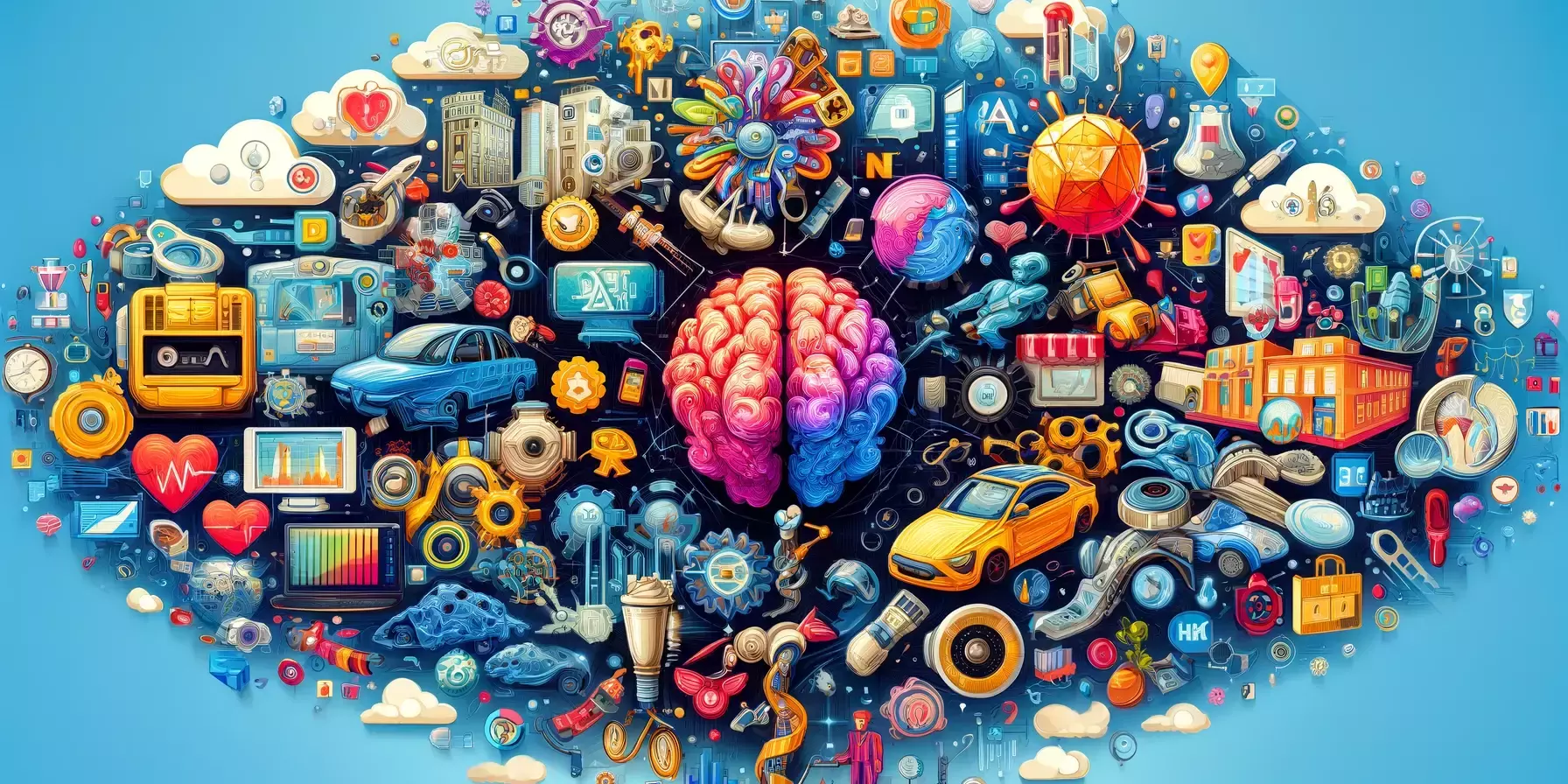
Generative AI is making significant strides across various industries, showcasing its potential to revolutionize traditional processes and create innovative solutions. This blog explores real-life examples of generative AI applications, highlighting how this technology is transforming healthcare, manufacturing, finance, and more.
Key Generative AI Examples in Real Life
1. Healthcare: Generative AI is revolutionizing healthcare by enhancing diagnostic accuracy, personalizing treatment plans, and accelerating drug discovery.
- AI-Driven Personalized Medicine: Insilico Medicine uses generative AI to predict drug effects on specific genetic profiles, enabling personalized treatments and reducing trial-and-error in medical interventions.
- Early Disease Detection: SkinVision employs AI to analyze skin images for early signs of skin cancer, aiding in timely diagnosis and treatment.
2. Manufacturing: In manufacturing, generative AI optimizes product design, enhances efficiency, and reduces costs.
- Predictive Maintenance: SparkCognition’s Darwin AI platform forecasts machinery failures by analyzing sensor data, minimizing downtime and extending equipment lifespan.
- Product Design Optimization: Autodesk Generative Design explores numerous design alternatives, helping engineers create efficient and innovative products.
3. Finance: Generative AI enhances risk management, personalizes financial services, and improves fraud detection.
- Fraud Detection: Featurespace’s ARIC platform uses AI to detect and prevent fraudulent transactions in real-time, enhancing financial security.
- Personalized Financial Advice: Cleo employs generative AI to provide personalized budgeting and financial advice based on users’ spending habits.
4. Advertising and Marketing: Generative AI creates personalized marketing content and automates creative processes.
- Automated Video Production: Synthesia generates professional videos from text input, allowing marketers to produce high-quality video content at scale.
- Dynamic Content Creation: Jasper Campaigns creates cohesive content across various marketing channels, ensuring consistent and engaging campaigns.
5. Cybersecurity: Generative AI improves threat detection and enhances cybersecurity measures.
- Advanced Threat Detection: Google Cloud Security AI Workbench analyzes vast amounts of security data to identify potential threats proactively.
- Natural Language Cybersecurity Management: CrowdStrike Charlotte AI simplifies cybersecurity management through natural language interactions.
Benefits of Generative AI
1. Enhanced Efficiency: Automates routine tasks, allowing professionals to focus on strategic activities. 2. Improved Decision-Making: Provides valuable insights and predictive analytics for better decision-making. 3. Cost Savings: Reduces operational costs by automating various processes. 4. Better Customer Experience: Offers personalized products and services, enhancing customer satisfaction.
Conclusion
Generative AI is transforming industries by optimizing processes, enhancing decision-making, and creating innovative solutions. From healthcare and manufacturing to finance and marketing, real-life examples demonstrate the far-reaching impact of this technology. As generative AI continues to evolve, its potential applications will expand, driving further advancements and improvements across various sectors.